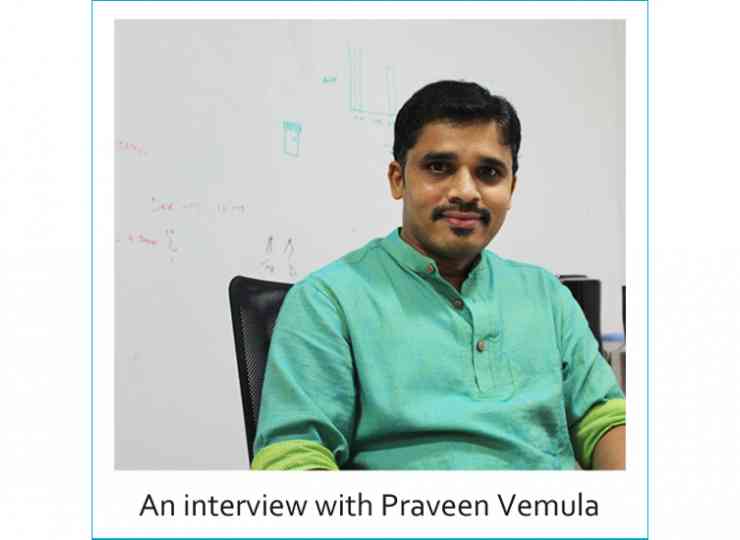Light matters: Discoveries in natural light sensing and neural regeneration
Simple eyes – complex processing
A study (Nishan Shettigar et al) by inStem scientists led by Dr. Akash Gulyani, in collaboration with Dr. Dasaradhi Palakodeti has revealed that organisms possessing seemingly simple eyes and ‘primitive’ brains are capable of extremely fine and sophisticated light sensing and processing. Eye-brain regeneration experiments in planarian flatworms show how this ability to process and compare small differences in light is layered on simple light sensing, and requires proper growth and patterning of the eye-brain network. Taking advantage of the fact that headless worms can also ‘see’ and move, researchers have shown how planarians can be used to study the interactions between a ‘processive’ eye-brain network and a diffuse whole-body light-sensing network, in the same organism. This work sheds new light on evolution of vision and now opens new lines of inquiry, where it may be possible to study functional eye-brain regeneration in new ways. The Collaborative environment at inStem and the technology for the advancement of science (TAS) theme was instrumental in getting this project off the ground. Future work include efforts, to build on these findings and identify genes and molecules that control functional regeneration.
The work described here is published in the article titled “Hierarchies in light sensing and dynamic interactions between ocular and extraocular sensory networks in a flatworm” in Science Advances on 28th July, 2017 at 11:30pm. DOI: 10.1126/sciadv.1603025
Access the full report: http://advances.sciencemag.org/content/3/7/e1603025
-
Watch a clip about the research here:











